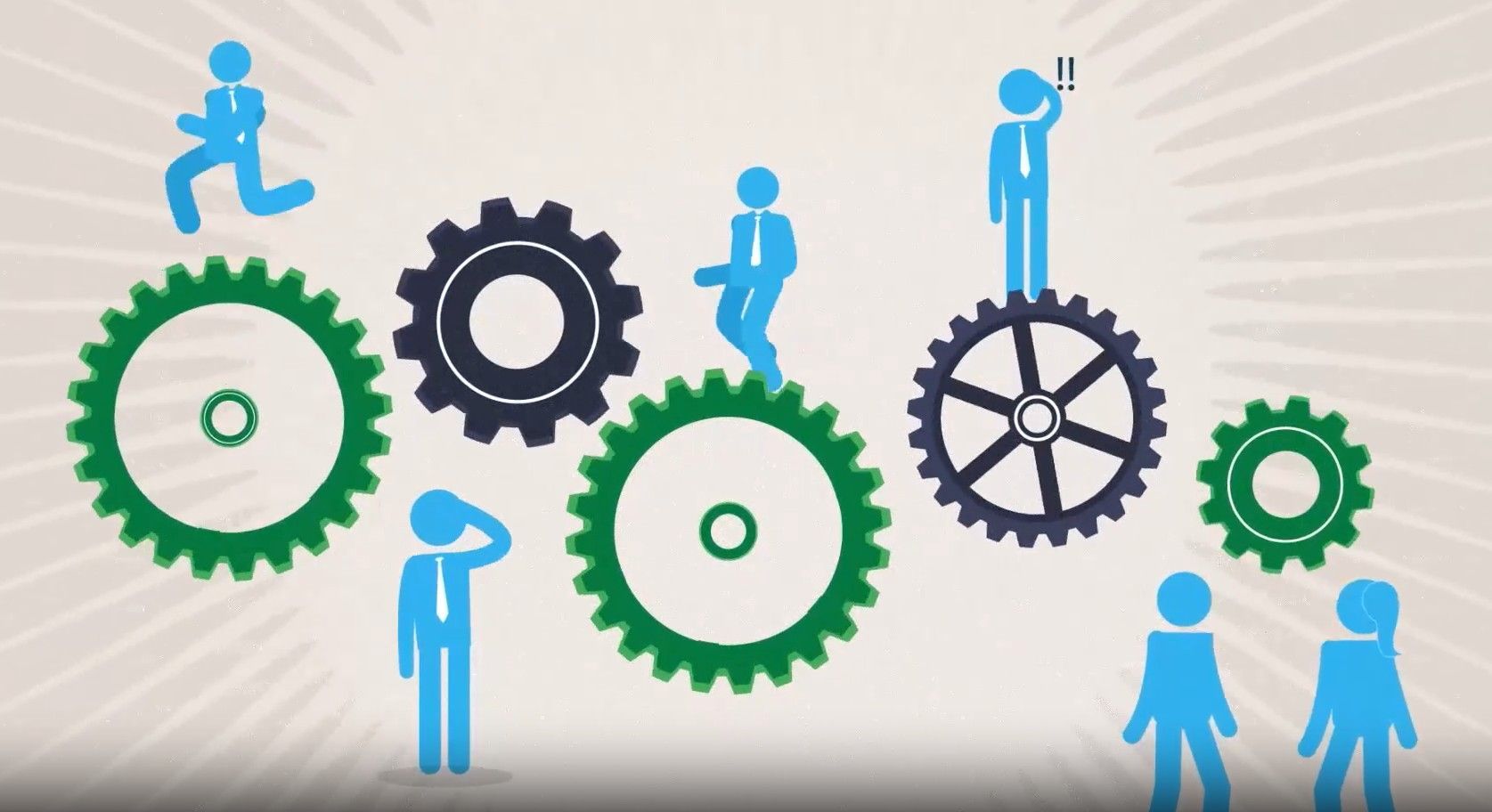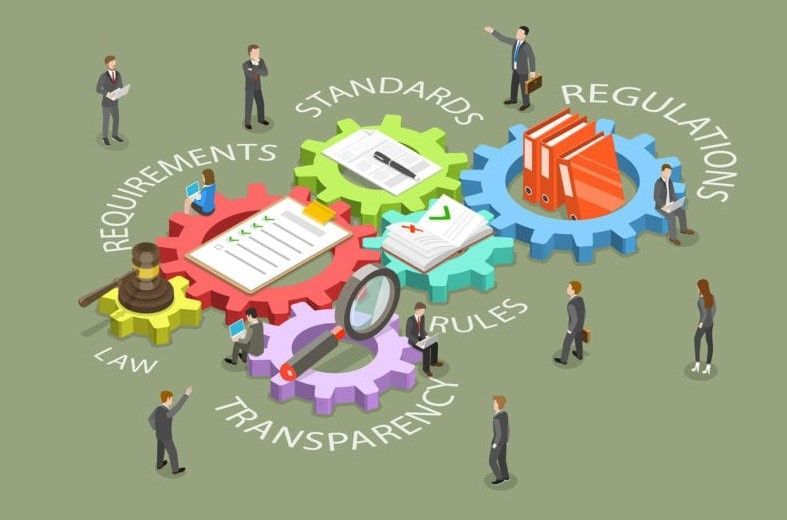The Good, the Bad, and the ‘Perverse’
August 14, 2025
Examples of unintended consequences -usually, negative-are common. Environmental regulations on manufacturing reduce pollution in the US, for example, but higher costs drive prices up. Manufacturers without restrictions in other countries receive more orders and increase their production. The net effect is more pollution overall.
Sales managers need to weigh unintended consequences as well.
They are so common that they constitute an entire field of study and can be roughly classified into three types:
| 1. The Good:
A positive unexpected effect of a decision. 2. The Bad: A negative unexpected effect along with the desired effect. Also known as a “drawback,” the negative diminishes the positive and sometimes outweighs it. 3. The Perverse: The intended solution makes a problem worse. |
Here’s a sales example.
One company’s experience had been that increasing the number of sales people in the field boosts sales. To accelerate the process, the company reduced the amount of training new sales people received. Training, however, turned out to be more important than the company realized, and sales actually decreased. Which kind is that? (Hint: #3)
Here are some challenge areas to watch for.
#1 Pipeline Management. We once received a call from a sales manager mystified by a drop in sales over the previous year. We asked if anything had changed from last year to this year with respect to sales funnel expectations. Well, yes. The company’s traditional lead-to-sale scenario had been 13 first meetings, five submitted proposals, and one sale. The historical close rate was 20 percent, or one in five. Seeking additional sales, upper management doubled the quota for first meetings to 26. What happened?
First, the sales people spent much more time simply trying to reach the 26-meeting target. Consequently, they then spent less time using consultative selling discovery skills to move promising leads through the sales funnel. In other words, they were stuck at the top of the funnel.
The second unintended consequence was that salespeople also spent less time qualifying prospects. The upshot was that they were talking to more-but worse-prospects. Management’s goal of increasing sales stayed the same. But for the sales people, the goal became the number of meetings, not their quality. Sales reps were soon working too hard to win marginal work-the success rate dropped to 8 percent from 20 percent.
Our advice: Judge the sales force by the ongoing quality of sales, go back to the scenario that worked, and, to improve, carefully test other approaches.
#2 New Product Introductions in Two Parts.
Part 1. When managers brief sales people on a new product, they too often overload them with “features and benefits” talk. That can crowd out a clear understanding of the problems the new products solve-in other words, the value they provide the customers.
Part 2. They also whip up enthusiasm so the sales people tend to spend more time trying to sell the new products and less time selling the proven ones.
Not only do sales of the new product fail to take off as expected, sales of staple products suffer too.
Both sets of circumstances can lead sales people to fall back on a “product pitch” versus a planned sales process that uses discovery effectively. They communicate the features and benefits of the new product and, to make up for lost time, do the same thing with other products-again, without proper discovery.
The end result? In our experience, sales people who might rank seven on a scale of one to ten where ten is top-of-the line consultative selling and one is purely transactional, drop to three or four. They’re selling a new product with a head full of product information, but they don’t have a discovery process to uncover the product’s value to the customer. That leads to lower sales and frustrated sales people.
#3 Too Much Information. The phrase “an educated consumer is our best customer,” credited to discount retailer Sy Syms, is today widely accepted as a business axiom. But touting too many features and benefits of any product or service can stop or limit a sale in two ways.
First, prospects can be overwhelmed by details and miss the big-picture value of making a purchase, even if it’s to their benefit. A kind of decision paralysis sets in. Second, if a product offers five features and a prospect needs only one, the prospect might legitimately ask for a discount. After all, why pay for five when you only need one?
The solution to both issues, again, is better discovery. Find out what’s really important to your prospect and focus on understanding how well your prospect can resolve that issue. Justify a purchase based that, and the prospect won’t be as concerned about receiving a discount. Bonus Points: If your customer needs one of the other features later, you and your product will be heroes.
#4 Cross-Selling: The Good and the Bad. We encourage cross-selling, especially at professional services firms. Not referring a client to another, qualified lawyer in your firm, for example, can ultimately cause a client to switch to a different firm entirely. On the other hand, a company that emphasizes cross-selling over developing new relationships and deepening those with current customers will likely see retention and penetration suffer. A balanced approach is best.
#5 Actions Not Taken. A client asked us to help it prepare for a presentation to a large multi-national corporation. The sales team already knew that the prospect wanted to streamline its operations. We recommended, as we always do, that our client should ask about fundamental objectives early in the presentation. In this case, “What are you most concerned about in streamlining your operations?”
As too often happens, however, the presentation took another path and that question wasn’t answered until the end of our client’s allotted time. An executive on the prospect’s team, in fact, brought it up: “Great presentation,” he said, “but what this decision really turns on is extensive coverage areas. We’re looking for someone with offices in specific geographic regions, and it looks like you don’t have those.”
Now, our client might well not have gotten the engagement even its team had asked a question about objectives at the beginning. On the other hand, if our client had known about that unstated and overriding criterion earlier, our client could have shifted gears to account for it-and would at least have had a better chance to get the business.
#6 Good Research, Bad Decisions. A manufacturer analyzes its customers and finds that too many don’t match an “ideal profile.” The company “fires” those customers with the aim of filling capacity with ones that do match the profile. Unfortunately, what often happens is that capacity utilization shrinks before those customers can be replaced, overhead per unit increases, prices rise, and the newly created capacity becomes harder to sell. In retrospect, the obvious lesson may be to hang on to those less attractive accounts until you have won better ones to take their place.
Negative unintended consequences in sales can be avoided with improved consultative selling skills and a strong sales process that gets to the heart of what a prospect really needs. To learn more, please contact us at 847-446-0008, Extension 1, or pkrone@productivestrategies.com.
The post The Good, the Bad, and the ‘Perverse’ appeared first on Productive Strategies, Inc..











